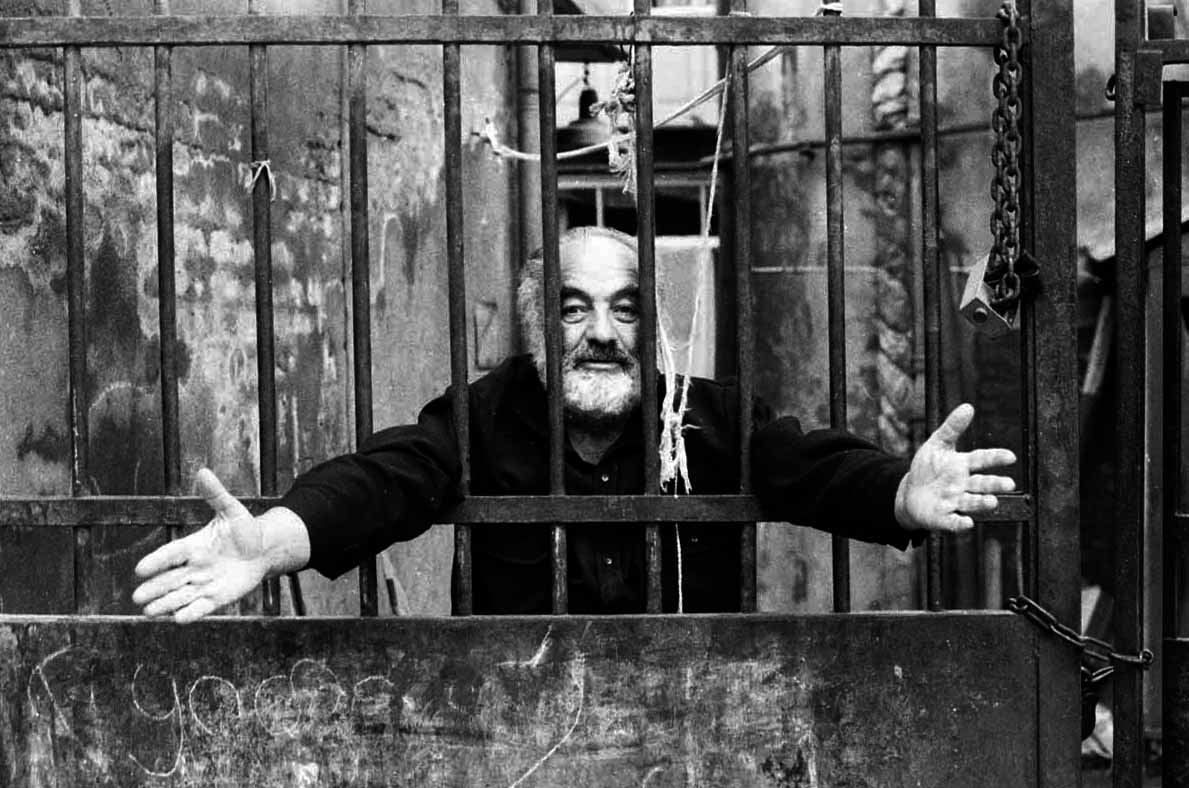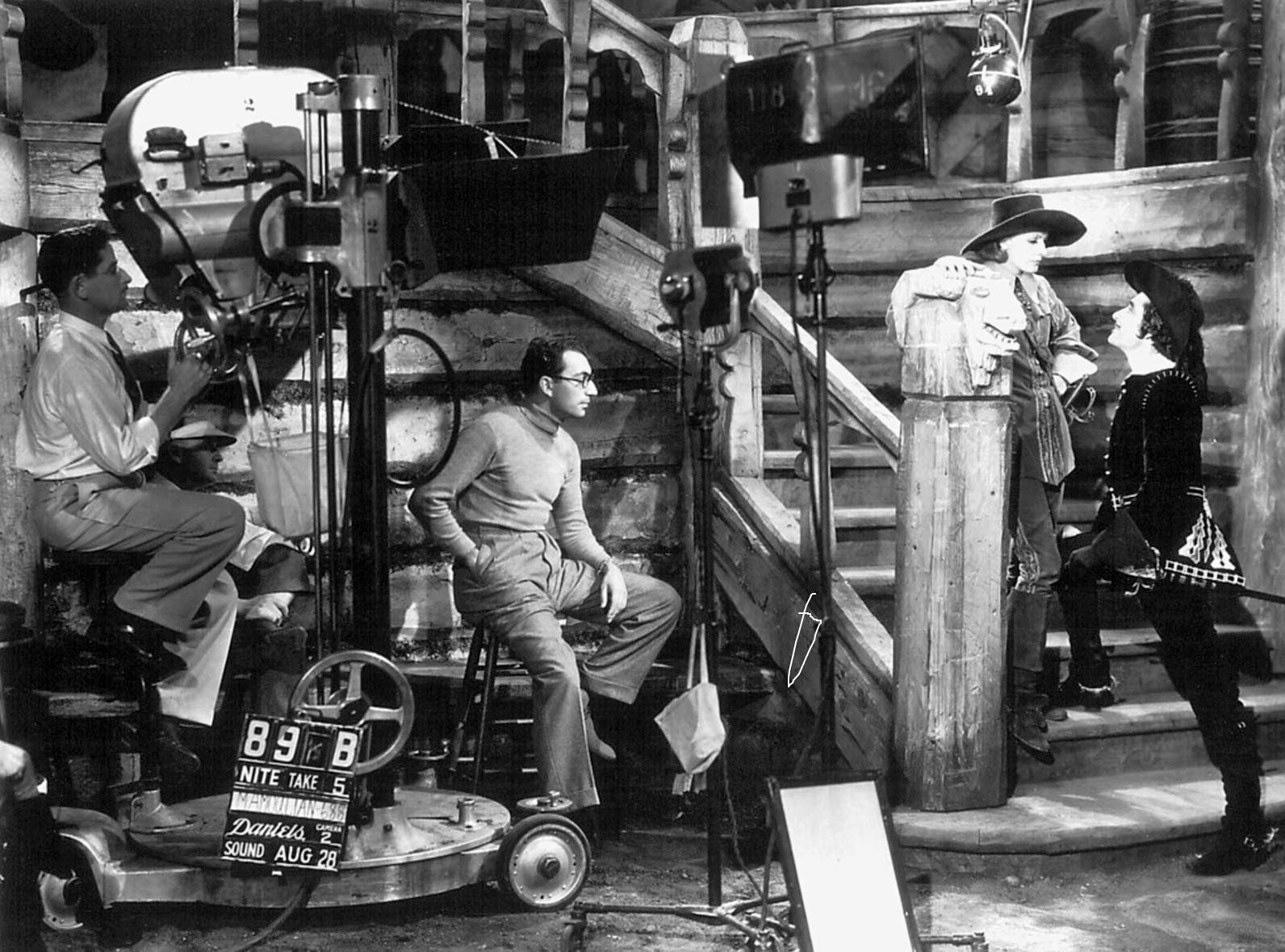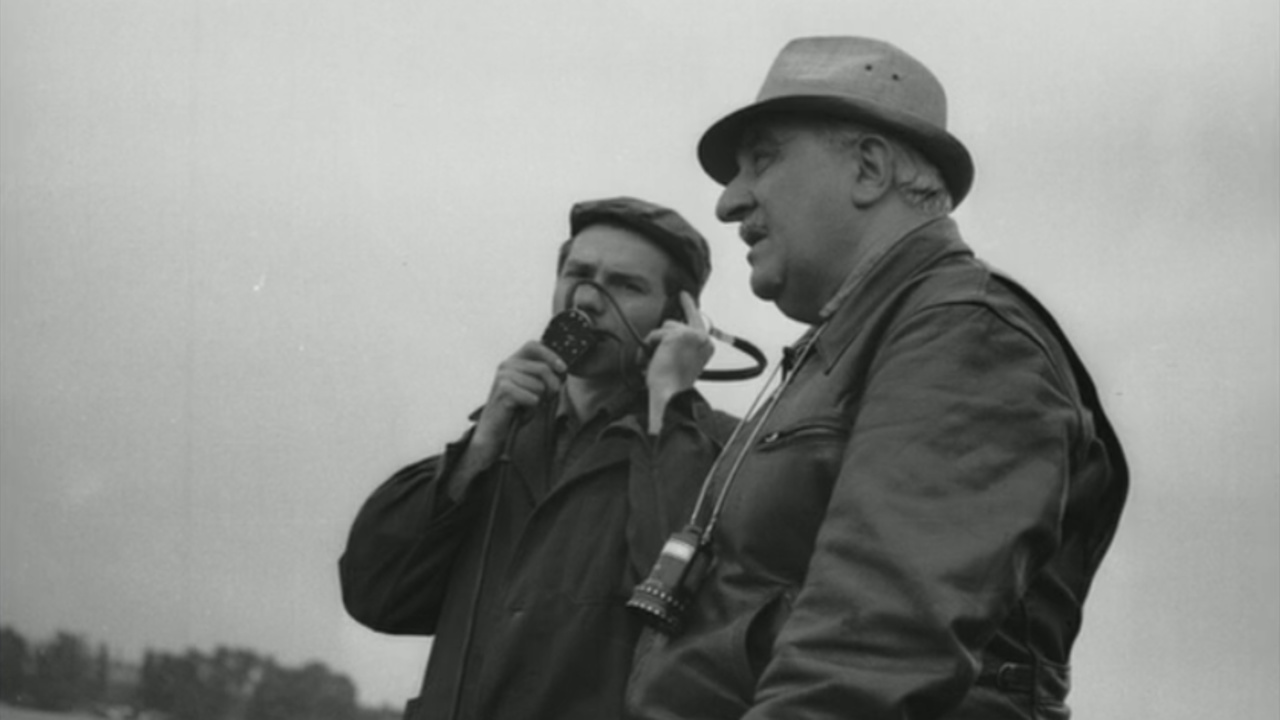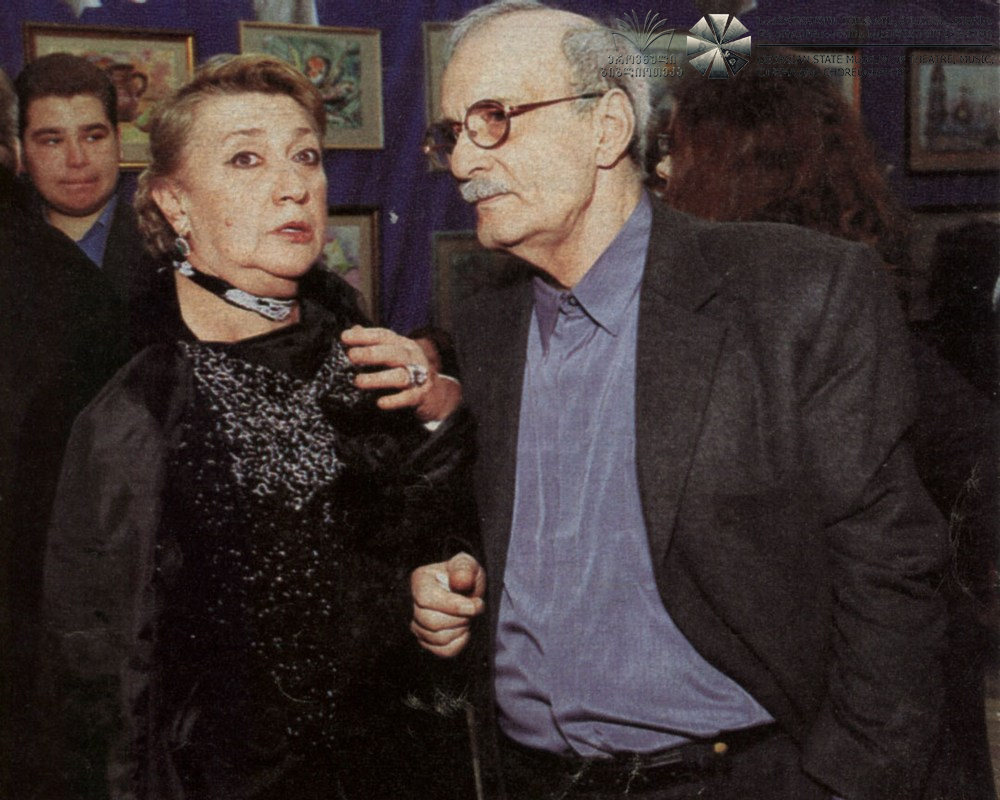Tbilisi houses a great deal of inspiration within its streets. The city not only inspired the poetry of Nikoloz Baratashvili, the “Georgian Byron,” the music of Giya Kancheli and the paintings of Elene Akhvlediani: even today, in the 21st century, Hollywood legends such as Fast & Furious are eager to film in the capital’s neighborhoods. You’d be surprised by just how much Georgia, and its capital in particular, has contributed to the filmmaking world.
Here, we put the spotlight on some of its best filmmakers.
SERGEI PARAJANOV
Sergei Parajanov, one of the greatest creative minds in filmmaking history, was born in Tbilisi to Armenian parents. Though it was difficult to break through with one’s creativity within the strict regime of the USSR, Parajanov’s nature of genius could not be stopped. Parajanov was born on January 9, 1924.His father was Iosif Parajanian and his mother was Siranush Bejanian. Parajanov moved to Kyiv, where he created many documentaries, including the phenomenal ‘Shadows of Forgotten Ancestors.’ The movie won countless international awards, including the British Academy Award. Unsurprisingly, Shadows of Forgotten Ancestors failed to conform to the standards of Soviet cinema and Parajanov was immediately blacklisted. Parajanov’s 1968 film ‘Sayat Nova,’ considered his masterpiece, was banned by Soviet authorities, re-edited and re-named ‘The Color of Pomegranates.’ In 1973, the Soviet government arrested Parajanov and sentenced him to five years’ hard labor. He served four horrible years in prison for his magnificent art. Notably, poet Louis Aragon’s petition to the Soviet government was instrumental in securing Parajanov’s release.

After returning to Tbilisi, Parajanov filmed the multi-award-winning ‘The Legend of Suram Fortress’ (1985) 15 long years after Sayat Nova. He followed up with yet another brilliant movie ‘Ashik Kerib’ (1988), based on a tale by Mikhail Lermontov, dedicating the film to his friend Andrei Tarkovsky. But his time in the labor camps had left its mark and he died in July 1990, unable to finish his final masterpiece, ‘The Confession.’ IMDb reports that the unfinished The Confession was saved in its original negative in ‘Parajanov: The Last Spring’ (1992) by his closest friend Mikhail Vartanov. The legendary Armenian-Georgian filmmaker who had a great say in 20th century cinema, unfortunately, is not very widely known today. However, his ‘The Color of Pomegranates’ left an impeccable mark on the world of filmmaking.
ROUBEN MAMOULIAN

Rouben Mamoulian was born on October 8, 1897, in Tbilisi (Tiflis, then the Russian Empire) as Rouben Zachary Mamoulian. Like Parajanov, Mamoulian had Armenian descent. He started his career directing plays in England and later in America, where, after directing for Broadway, Mamoulian eventually tested his luck in filmmaking. He spent many of his creative years working in the United States.
Over his 29-year career in the film industry, Mamoulian directed 16 movies. He was a director and writer, known for Dr. Jekyll and Mr. Hyde (1931), Applause (1929) and The Gay Desperado (1936). His creative influence was so great that his films sometimes carried the credit ‘A Rouben Mamoulian Production,’ even though he never produced any films. It is noteworthy that Mamoulian was also the first to stage the Broadway works: Oklahoma! (1943), Carousel (1945) and Lost in the Stars (1949).
From 16 films, Mamoulian directed two actors to Oscar nominations: Fredric March, who was named Best Actor for Dr. Jekyll and Mr. Hyde in 1931, and Miriam Hopkins, who was awarded Best Actress for her performance in ‘Becky Sharp’ in 1935. Becky Sharp was also the first three-strip Technicolor film. Mamoulian, reported that he was more interested in creating a poetic look to his films than in showing ordinary realism. Becky Sharp and ‘Blood and Sand’ are manifestations of that statement. Mamoulian was married to Azadia Newman, a Washington DC-born artist. He died on December 4, 1987, in Woodland Hills, Los Angeles, California.
MIKHAIL KALATOZISHVILI

Mikheil Kalatozishvili was born on December 28, 1903, in Tbilisi (Tiflis) as Mikhail Kalatozishvili. He is better known by his Russian name – Mikhail Kalatozov. Kalatozishvili greatly contributed to both Georgian and Russian cinema. The legendary director and cinematographer’s most important movies include ‘The Cranes Are Flying’ (1957) and ‘True Friends’ (1954). Kalatozishvili also had several documentary films to his name, including ‘Their Kingdom,’ with Nutsa Gogoberidze, the first Georgian female film director, and ‘Salt for Svanetia’ (1930).
In 1923, Kalatozishvili started establishing himself in the Georgian film industry first is an actor, cameraman and editor, before graduating to directing in 1928. His four final features, The Cranes Are Flying, ‘The Unsent Letter’ (1959), ‘I Am Cuba’ (1964), and ‘The Red Tent’ (1969), are among his most famous works. The Cranes Are Flying, the movie that he is best known for, became one of the leaders of the 1957 Soviet box office and won several international awards, including the Palme d’Or at the 1958 Cannes Film Festival. His film The Red Tent, which was a joint Soviet-Italian effort and featured an international team of actors (including Peter Finch, Sean Connery), was nominated for the 1972 Golden Globe award as the best English-language foreign film. During the 1990s, I Am Cuba was re-discovered by American film professionals.
The movie was showed to Martin Scorsese and Francis Ford Coppola who were so impressed with it that they advocated for the restoration and distribution of the movie. In 1995, it was nominated for the Independent Spirit Award for Best International Film. Kalatozishvili was married to Zhanna Valachi, daughter of the Italian Consul. In 1929, their son Giorgi was born. Kalatozishvili’s son and grandson Giorgi and Mikhail followed in his footsteps and also worked in the film industry. To help film preservation and funding new movies Mikheil Kalatozishvili founded a Mikhail Kalatozov Fund. Mikhail Kalatozov died in Moscow on March 27, 1973, and was buried at the Novodevichy Cemetery.
GIA DANELIA

Gia Danelia, better known as Georgi Daneliya, was born on August 25, 1930, in Tbilisi. In 1939, his family moved to Moscow. Danelia is best known for the controversial Soviet film ‘33’ and Georgian-Russian masterful comedy ‘Mimino.’
Danelia first earned his architect’s degree from the Moscow Architecture Institute. His mother, a former chess player, worked at Mosfilm in Moscow, where Danelia studied the Higher Director’s Courses under Mikhail Romm, and graduated in 1959, becoming a film director at the Mosfilm Studios. In 1960, Danelia had his first recognized success, shared with Igor Talankin. Their film ‘Seryozha’ (1960) was awarded the Crystal Globe in Karlovy Vary. Danelia worked on a propaganda-free project about life in Moscow together with Gennady Shpalikov.
When Nikita Khrushchev was dismissed by Leonid Brezhnev, the thaw that had ensured no censorship troubles ended and Daneliya’s ‘33’ was immediately labeled anti-Soviet by the head of the KGB, Vladimir Semichastny. Daneliya created a universe of allusions in his innovative film ‘Kin-Dza-Dza’ (1986). The movie stands out as a genre of its own, and in 1989, Danelia was named People’s Artist of the USSR.
His first wife was actress Lyubov Sokolova (1921-2001). The pair had an outstanding loving relationship before they parted in 1984 when Danelia left her for Galina Ivanovna Yurkova, marrying her the same year. Sokolova played 370 film roles and is listed in the Guinness Book of Records. Their son Nikolai Daneliya (1958-1985) was a promising film director, poet, and artist but died tragically at the age of 26. Danelia lived in Moscow and was working on a new project, an animation sequel to ‘Kin-Dza-Dza’ before he died in 2019, on April 4.
By Nini Dakhundaridze
